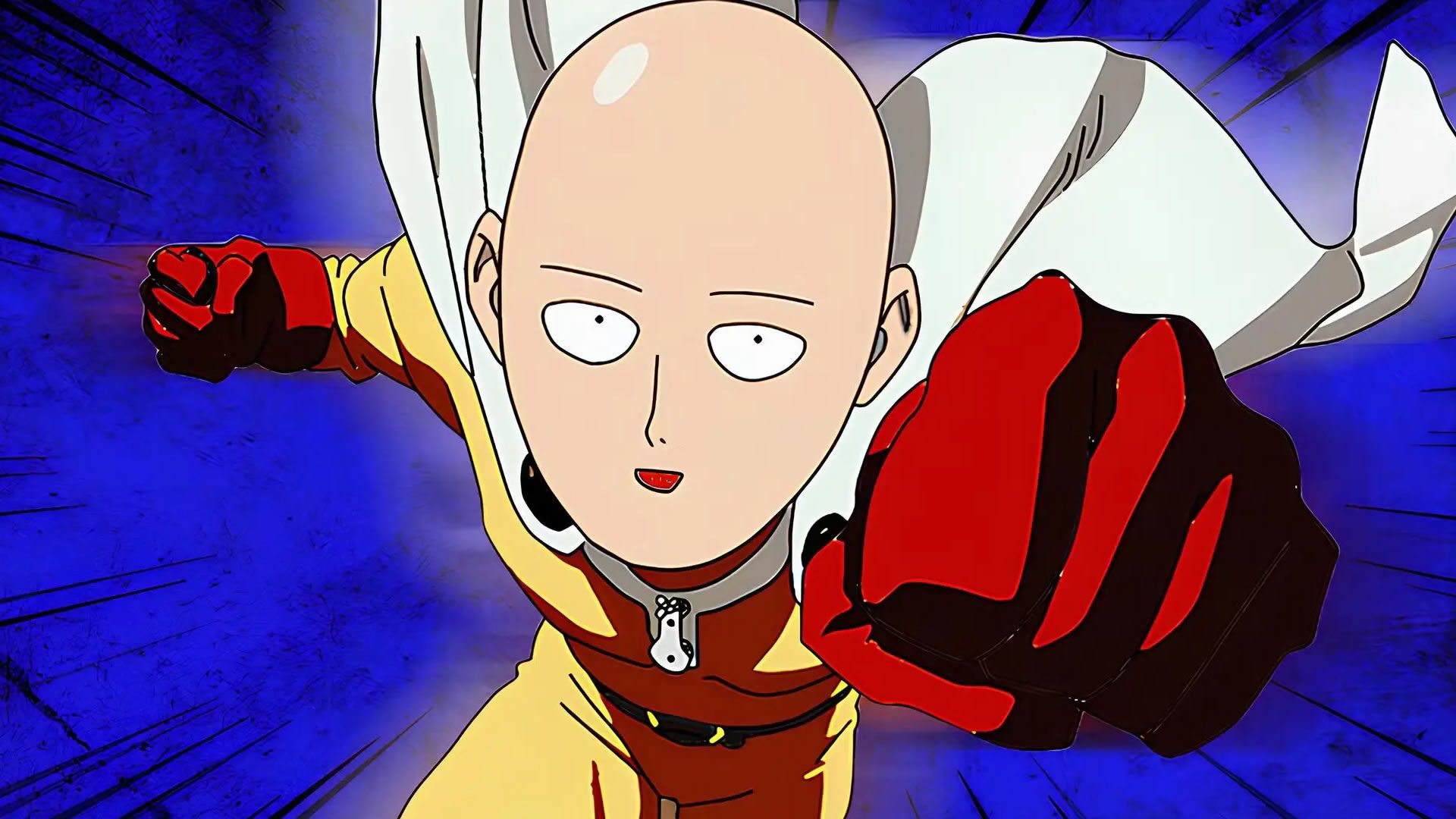In the world of anime, not all adaptations manage to live up to the material from which they are born. Although many works serve to bring great stories to a broader audience, there are cases in which the final result ends up betraying the essence of its source. Wrong creative decisions, content cuts, or low production quality can turn a promising work into a disaster.
In most cases, the original manga, light novel, or webtoon contains the author's pure vision, and when that vision is diluted in the adaptation, fans immediately notice. From disappointing animations to unjustifiable narrative changes, these productions not only frustrated their audiences, but also damaged the reputation of their franchises. Below, we review the ten most disastrous anime adaptations that betrayed their source material.
10. Uzumaki
Uzumakiof Junji Itois one of the most influential horror manga of all time, recognized for its haunting atmosphere and impeccable black and white art. The idea of bringing that aesthetic to anime with a monochromatic style generated high expectations among fans, who expected a visually disturbing experience. However, the end result was a low blow: choppy animation, a lack of pacing, and an execution that failed to capture the author's signature psychological horror.
Far from provoking fear, the adaptation was flat and lacking tension. Readers hoping to see the spirals of madness in motion only found a version that seemed to unsuccessfully imitate the greatness of the manga. Uzumaki remains a clear example of how an ambitious idea can founder if the essence of the source material is not understood.
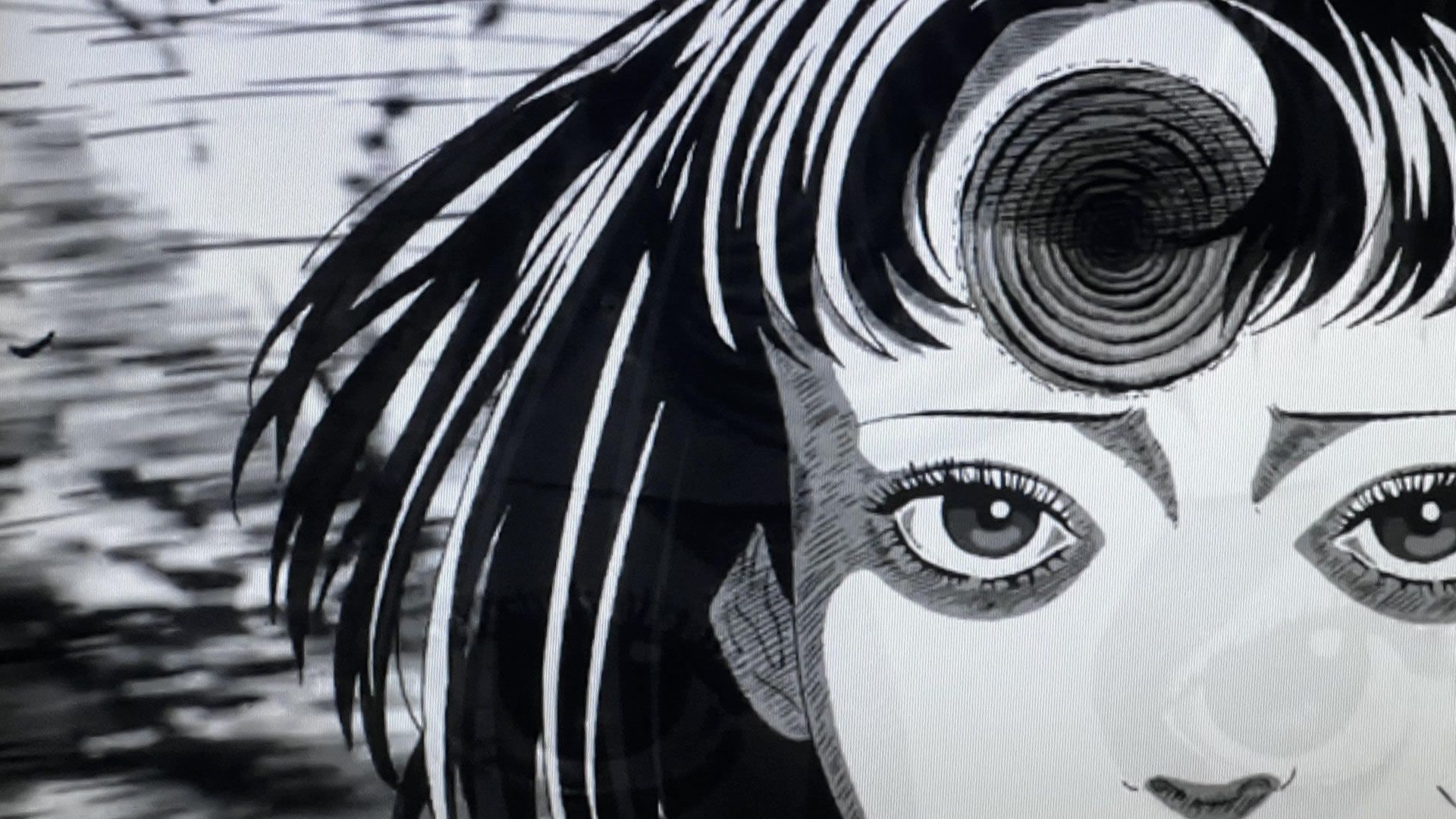
9. One Punch Man – Season 2
The first season of One Punch Man was a revolution: impeccable animation, sharp humor and dynamic direction with the seal of madhouse. However, the arrival of the second season changed everything. With the transfer of production to JC Staffthe result was a noticeable decline in visual quality and narrative pace. The fighting stopped being spectacular, and the fluidity that defined the series disappeared.
The followers of Saitama and company felt that the greatness of the work was fading. The disappointment was such that many called for a complete reboot, fearing for the future of the franchise. What should have been a triumphant continuation ended up being a case study in how changing teams can destroy the consistency of a work.
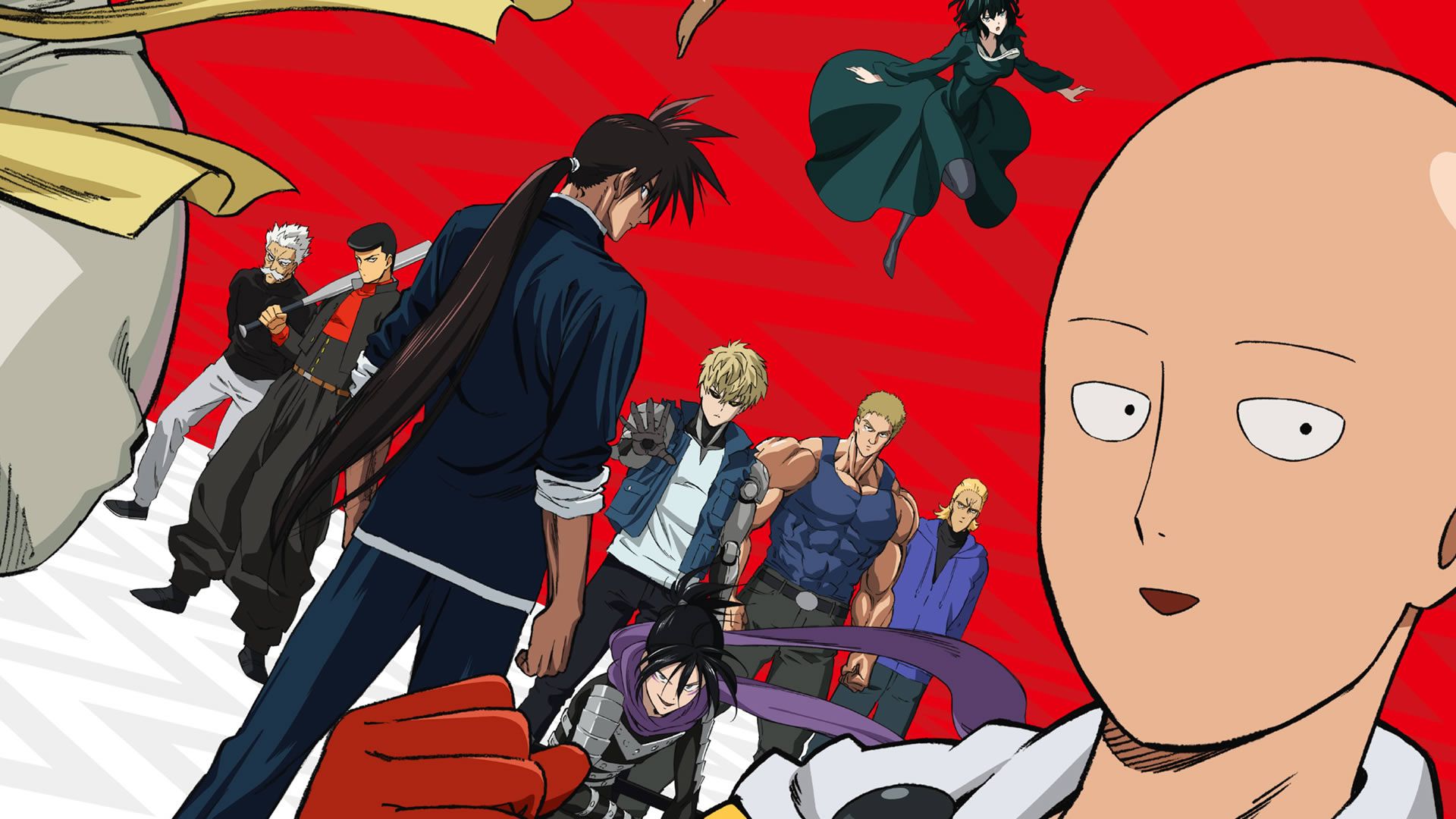
8. Deadman Wonderland
Deadman Wonderland It had all the ingredients to become a dark shonen classic: violence, mystery and a gripping psychological plot. Its protagonist, Ganta Igarashilives a descent into hell after being unjustly accused of a crime he did not commit. The first arc was promising, and the somber tone of the anime managed to capture the audience's attention.
The problem came with the abrupt end of its only season. The story was left unfinished, leaving the main questions unresolved. The lack of a second part made this adaptation meaningless, pushing fans to turn to the manga to find out the outcome. Deadman Wonderland became synonymous with wasted potential.
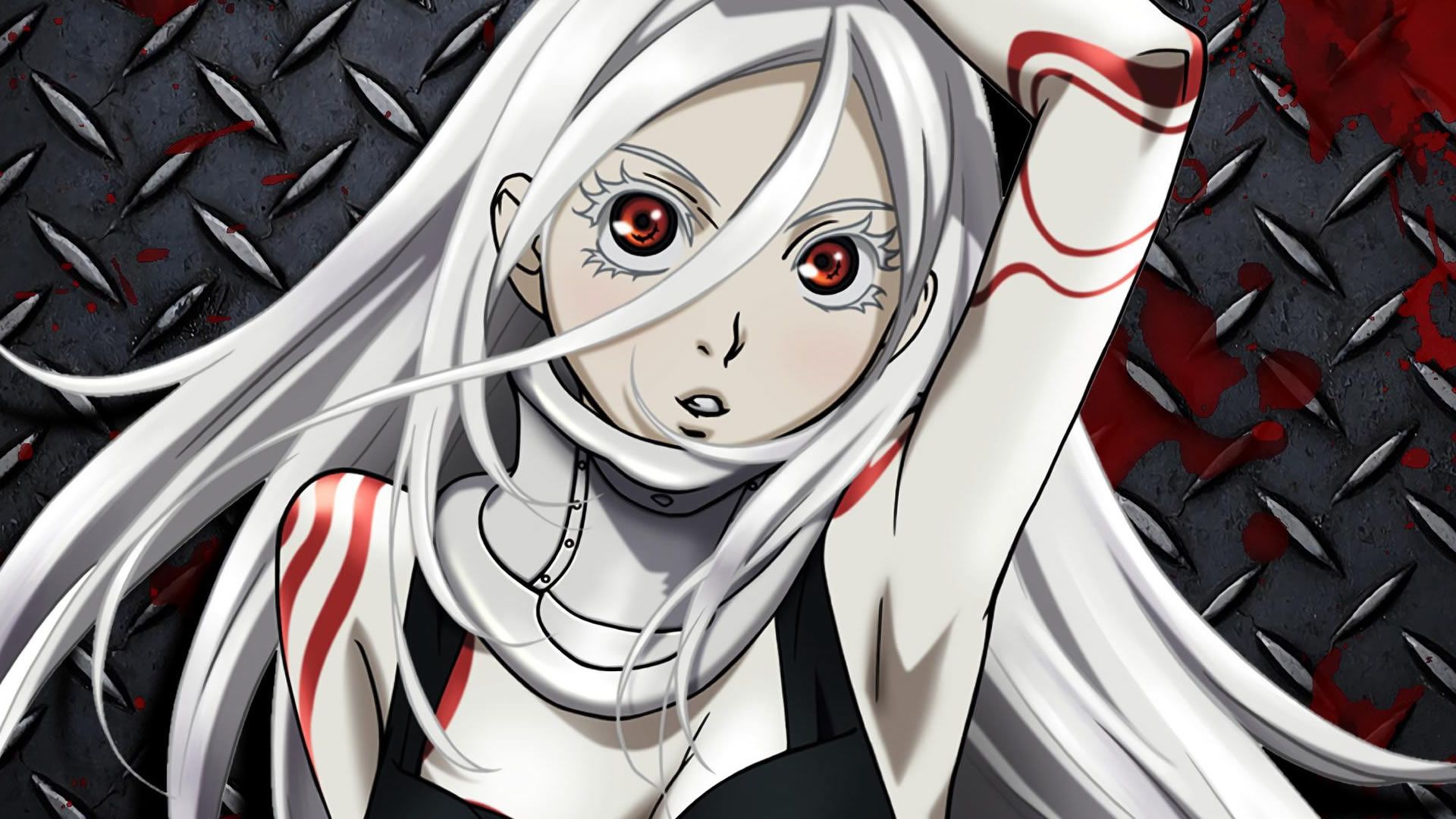
7. The Seven Deadly Sins
The beginning of Nanatsu no Taizai It was a resounding success thanks to its mix of adventure, fantasy and romance. However, after its first seasons animated by A-1 Picturesthe franchise lost direction when it passed into the hands of Studio Deen. The animation became inconsistent, with poorly choreographed battles and visual errors that went viral on networks.
The case of Meliodas and his companions is one of the most talked about when it comes to decline in quality. From being one of the most anticipated series of each season, it ended up being an example of how rushed production can damage the prestige of an entire saga. Its initial impact faded under the shadow of its own deterioration.
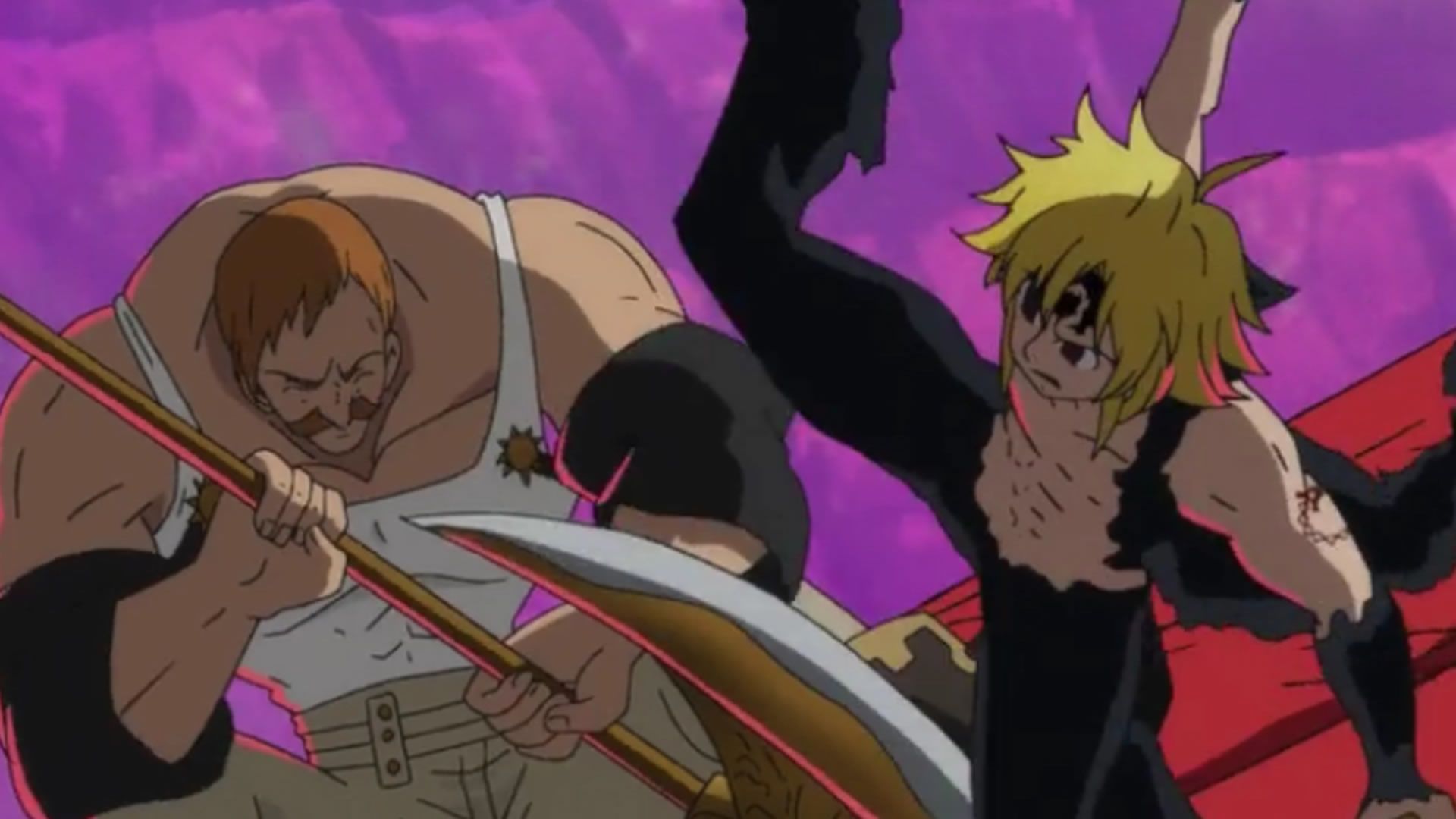
6. Blue Lock – Season 2
Blue Lock It revolutionized the sports genre with its competitive and psychological proposal. The first season was a phenomenon, praised for its pace, its intense direction and the visual design of its matches. However, the second season was a different story: rigid animations, static scenes and direction that seemed improvised.
The term “PowerPoint The Animation” became a trend among fans, reflecting the frustration of seeing such a beloved product reduced to a soulless montage. Only towards the end did the series manage to regain some of its spark, but the damage had already been done. A sequel that went from being expected to feared.
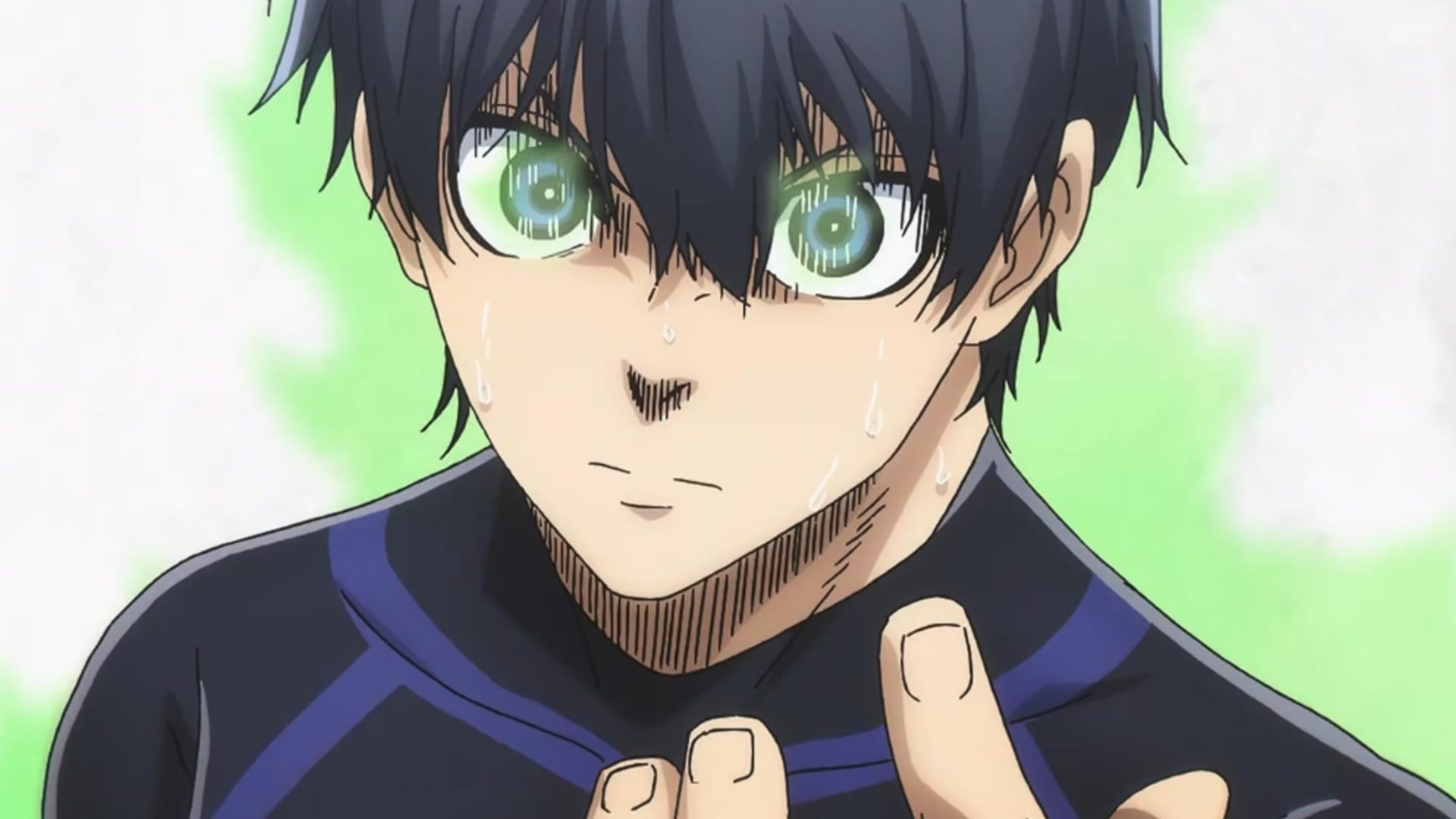
5. The Beginning After the End
Based on a successful novel website, The Beginning After the End promised to be the next great action fantasy. Its story, centered on Arthur Leywina reincarnated king who must learn to master magic from his childhood, had all the potential to be a phenomenon. However, the visual section was its sentence.
Fans compared his animations to unfinished sketches. The contrast between the magnitude of its story and the poverty of its presentation generated widespread disappointment. Although the plot was still attractive, the visual execution prevented it from achieving the recognition it deserved. An example of how bad production can ruin a good idea.
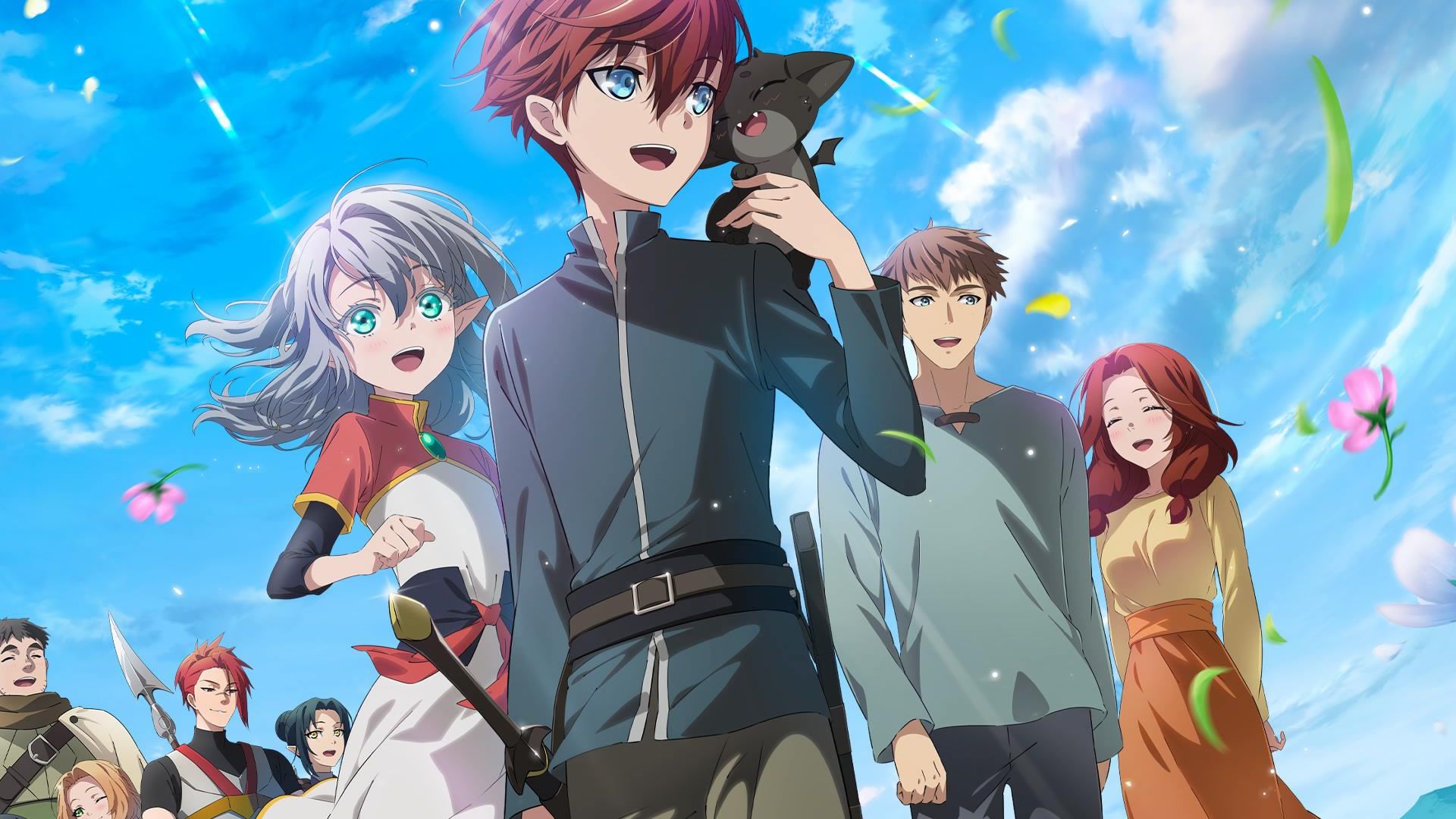
4. Tokyo Ghoul
The first season of Tokyo Ghoul is remembered as a benchmark of modern seinen: fluid animation, immersive narrative and an oppressive atmosphere that portrayed the duality of Ken Kaneki. However, starting with the second season, the direction was lost. The script deviated from the manga and internal coherence errors began, affecting both the characters and the general development.
By the third season, the situation was irreparable: poor animation, rushed pacing, and a confusing plot that betrayed the spirit of the original work. What began as a symbol of darkness and narrative depth ended up becoming a parody of itself.
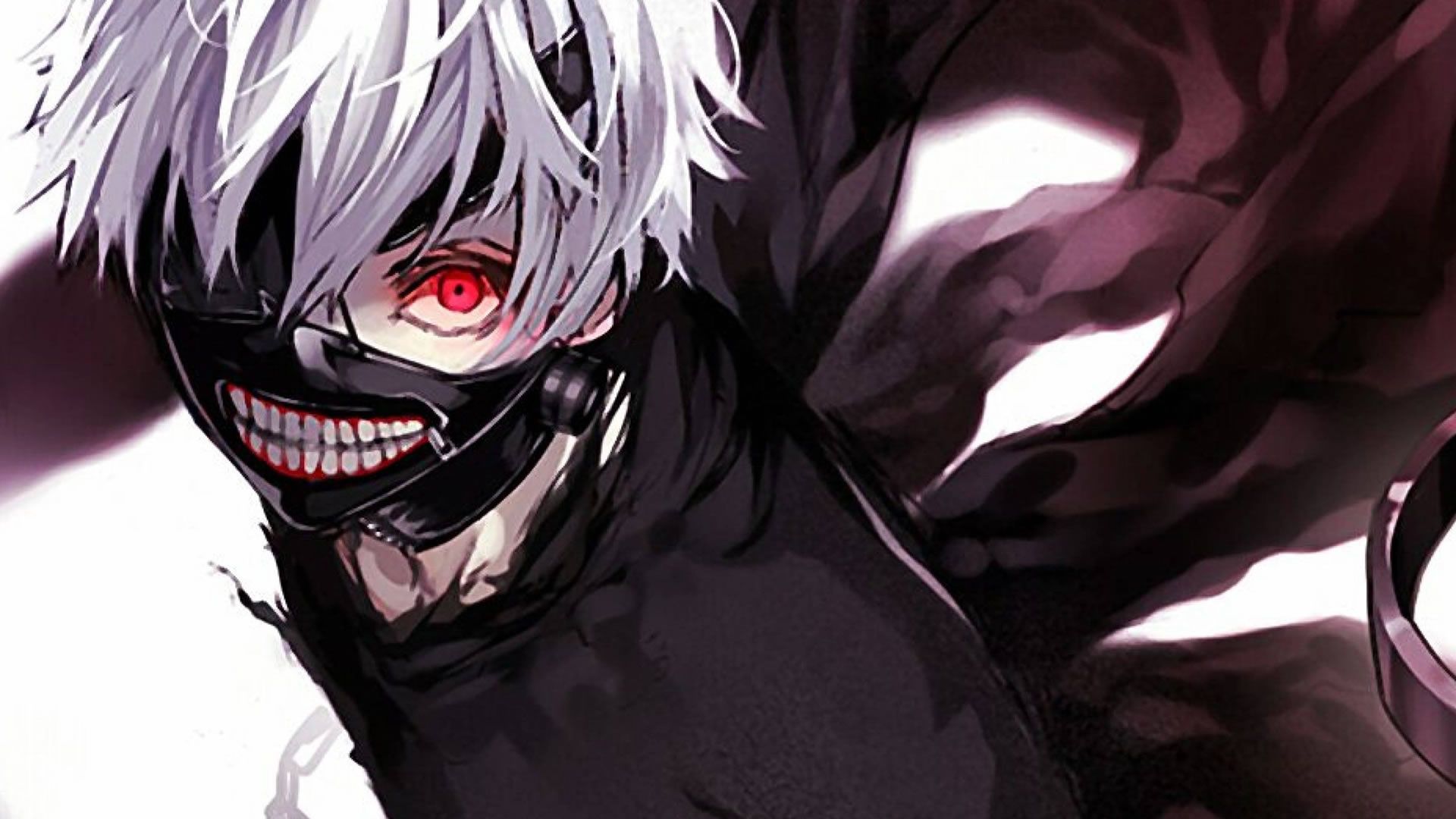
3. Tower of God – Season 2
Tower of God was one of the most anticipated adaptations among webtoon readers. Its first season, produced by Telecom Animation Filmmanaged to capture some of the mystery and epic scale of the original. However, with the change of studio, the second season suffered an obvious loss of technical quality.
The already complex narrative was made even more difficult to follow by the lack of pacing and uneven animation. Characters seemed to move without purpose, and scenes lacked dramatic weight. Fans of the webtoon felt that its story had been simplified to the extreme. Tower of God went from being a promise to a visual disappointment.
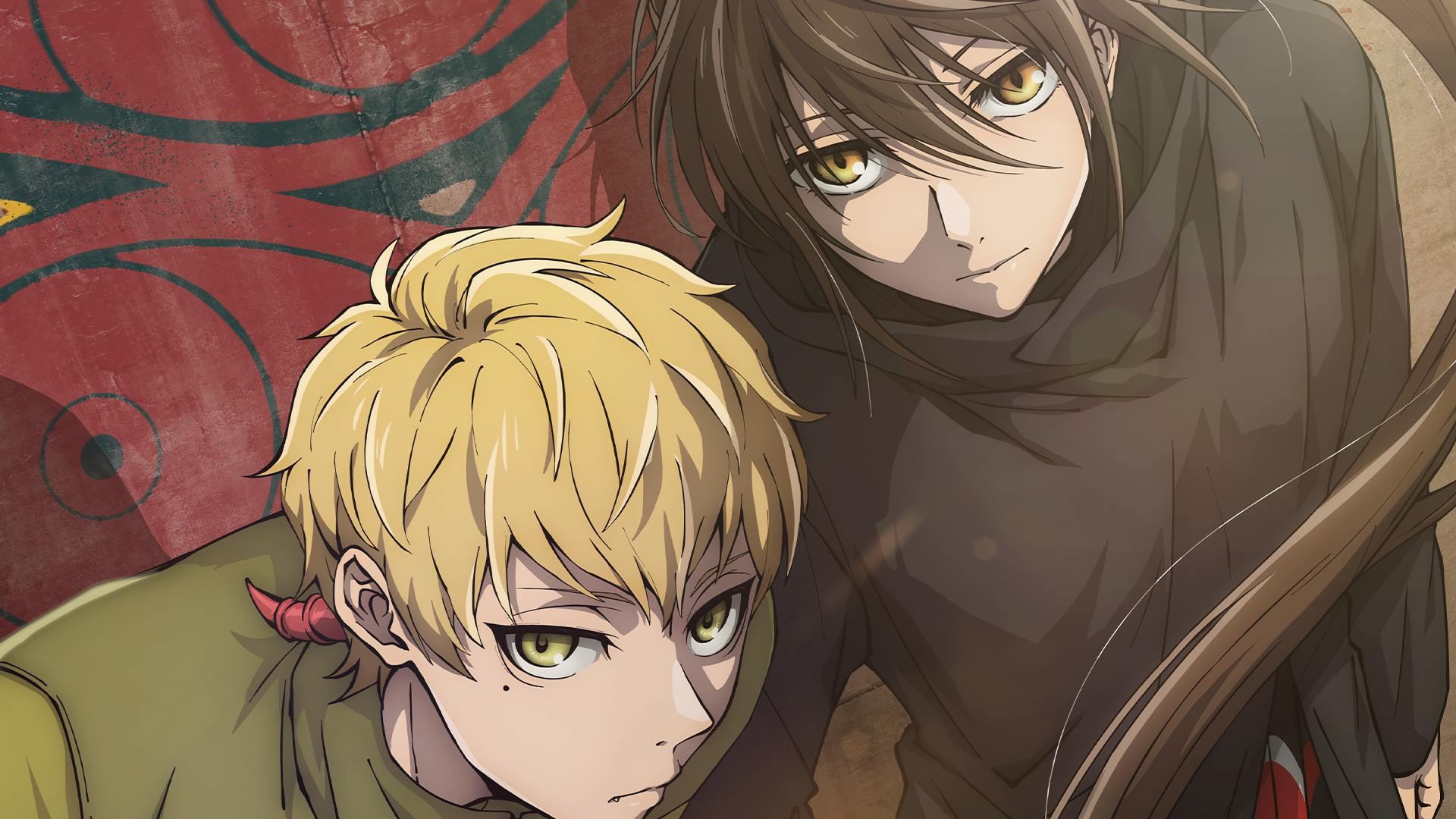
2. The Promised Neverland – Season 2
Few sequels have generated as much rejection as the second season of The Promised Neverland. Its first installment was an example of a perfect adaptation: suspense, impeccable rhythm and a story faithful to the manga. However, the sequel decided to skip entire arcs and modify the plot beyond recognition.
The result was a fast-paced and empty story, without the psychological terror or emotional development that defined the original. Fans were quick to call it one of the biggest betrayals in recent years. The contrast between both seasons is so great that today it is cited as a warning of what happens when speed is prioritized over quality.
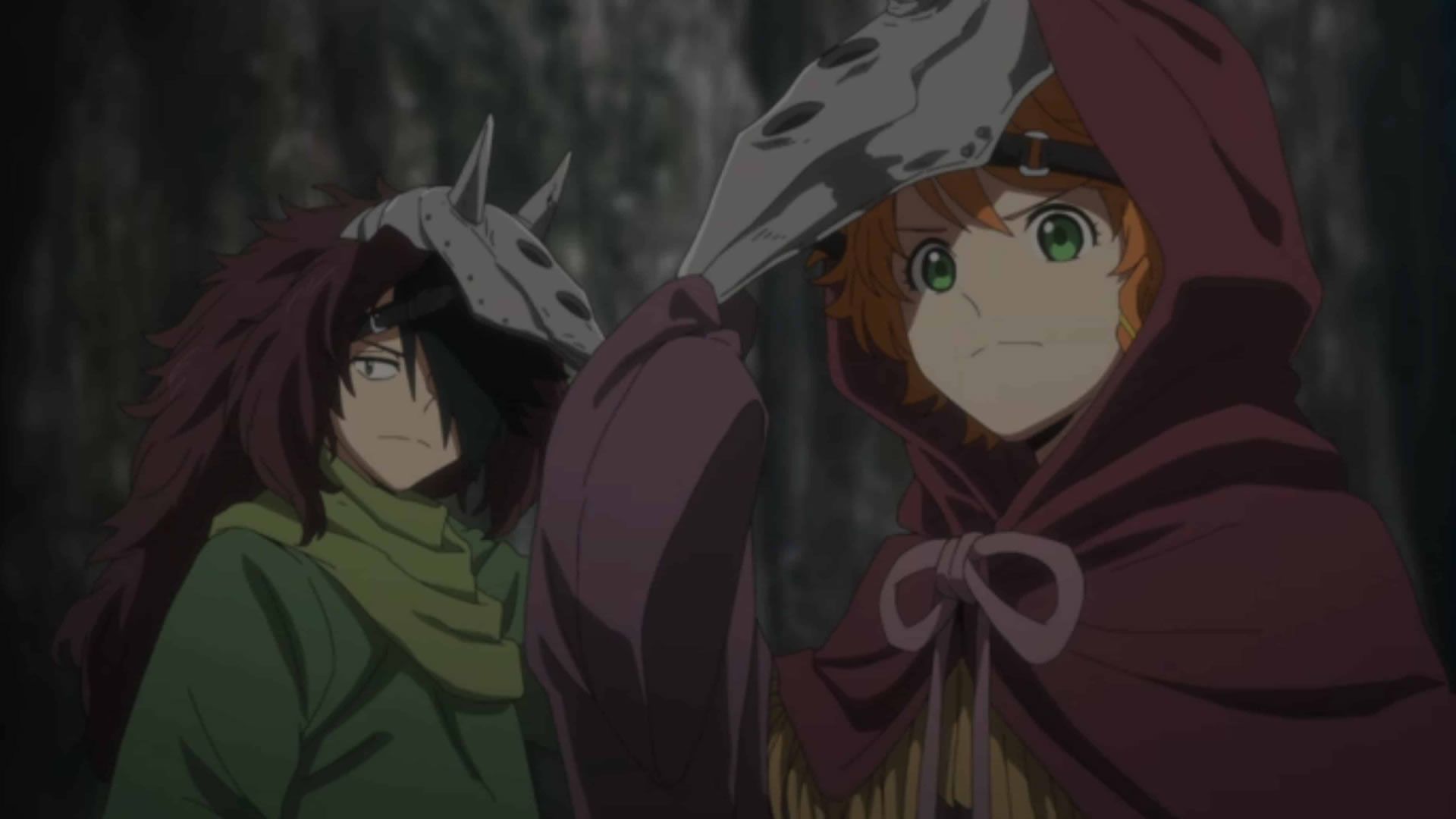
1. Berserk (2016)
Few words are enough to describe the magnitude of the disappointment that was Berserk (2016). Considered one of the best mangas of all time, the work of Kentaro Miura It deserved an adaptation worthy of its legacy. Instead, viewers received an animation riddled with CGI poor, erratic pacing and direction incapable of conveying the brutality and beauty of the original.
The contrast with the 1997 series and the film trilogy was abysmal. While those managed to capture the tragic and epic essence of Gutsthis new version became a symbol of frustration. Berserk (2016) not only disappointed its followers: it confirmed that not even classics are safe from bad production decisions.
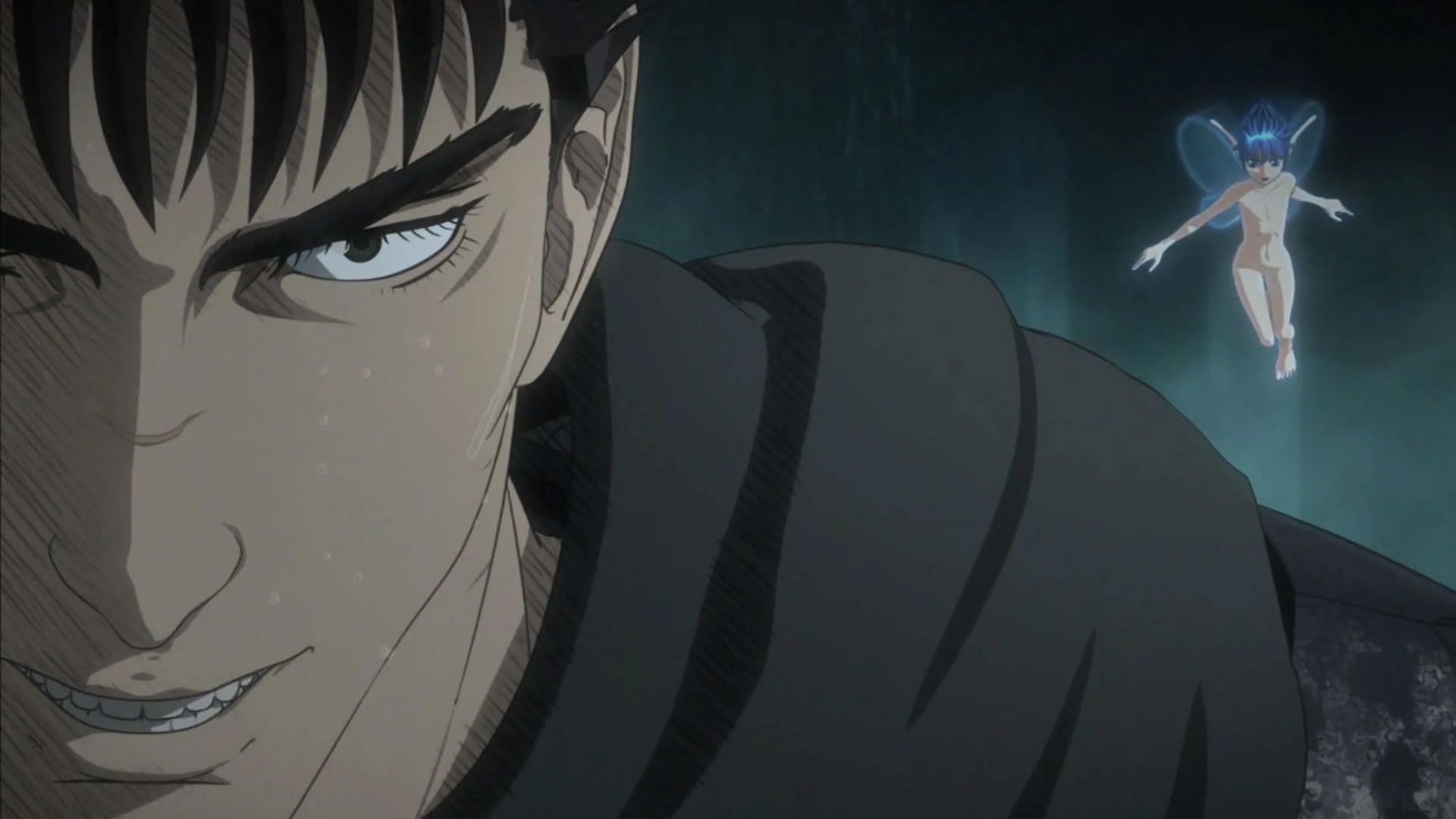
These ten adaptations left an indelible mark on the community, not because of their greatness, but because of the contrast between what they promised and what they delivered. They represent a reminder that adapting a work is not just reproducing it, but understanding its soul and respecting its original intention. Which of these adaptations do you consider the most disappointing of all?
